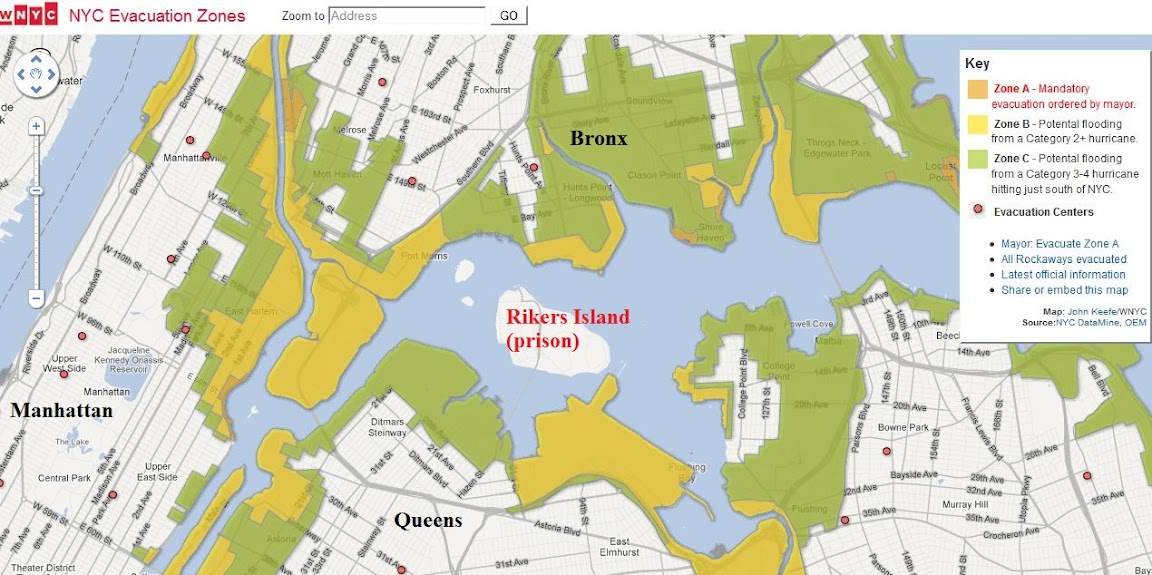
DailyCamera | In the past decade, average residential electricity rates in Boulder have increased 40 percent, according to Xcel Energy.
In 2009 alone, the Colorado Public Utilities Commission approved two rate increases proposed by the utility, which together raised residential rates by more than $7 a month on average. Those rate hikes are largely paying for the new coal-fired generating unit at Xcel's Comanche power plant in Pueblo and for two new gas-fired units at Fort St. Vrain in Platteville.
And in the coming decades, Xcel's rates are expected to continue increasing. Electricity rates between 2010 and 2020, and between 2020 and 2030, are expected to jump 34 percent per decade, according to Xcel's projections.
That's the kind of rate information city of Boulder staffers and their contractors are working to compile and analyze as the city explores where its future electricity supply should come from. Last year, the City Council chose not to renew Boulder's 20-year franchise agreement with Xcel, leaving open the door for the city to consider other options, including forming a municipal utility.
"A part of our analysis is to really understand where things are headed right now -- where our rates are headed under a business-as-usual scenario," said Jonathan Koehn, regional sustainability coordinator for the city of Boulder. "A major focus of this study is to really understand long-term costs and impact to customers in Boulder."
Determining costs
The City Council has said all options for providing electricity to Boulder are on the table, as long as they can provide customers with "access to reliable energy that is increasingly clean and competitively priced." But practically speaking, the city will likely be forced to choose between forging a new agreement with Xcel -- one that may provide for a greater percentage of renewable energy in the fuel mix -- and creating a municipal utility, which has not been done in Colorado for more than three decades.
And when discussing the possibility of a municipal utility, in particular, city staffers are often asked by the public what the difference in cost to the customer would be.
It turns out that's not an easy question to answer, in part because the city has struggled to get Xcel to give up relevant information. Last October, the city attorney sent a letter to Xcel, requesting a range of data, including the average energy bill of Boulder customers from 1995 through 2010 and the projected energy rates through 2030.

The letter also asked for information about the infrastructure Xcel owns within city limits and the original cost and accumulated depreciation of some of those assets. If Boulder forms a municipal utility, the city will have to buy
Xcel's local infrastructure, and the cost of that investment would likely be reflected in the electricity rates paid by customers.
Xcel responded to Boulder's information request in mid-December answering some questions -- such as what rates are projected to be in the future -- but not others. In particular, Xcel did not provide any information on its distribution system in Boulder. Xcel officials told the city that the company does not keep facility inventory by municipality and that the utility would not gather the information until "Boulder determines that it whishes to acquire our distribution system."
Earlier this month, Boulder attorneys sent a second letter to Xcel that narrows some of the original questions in an attempt to get more information from the utility. Fist tap Arnach.



